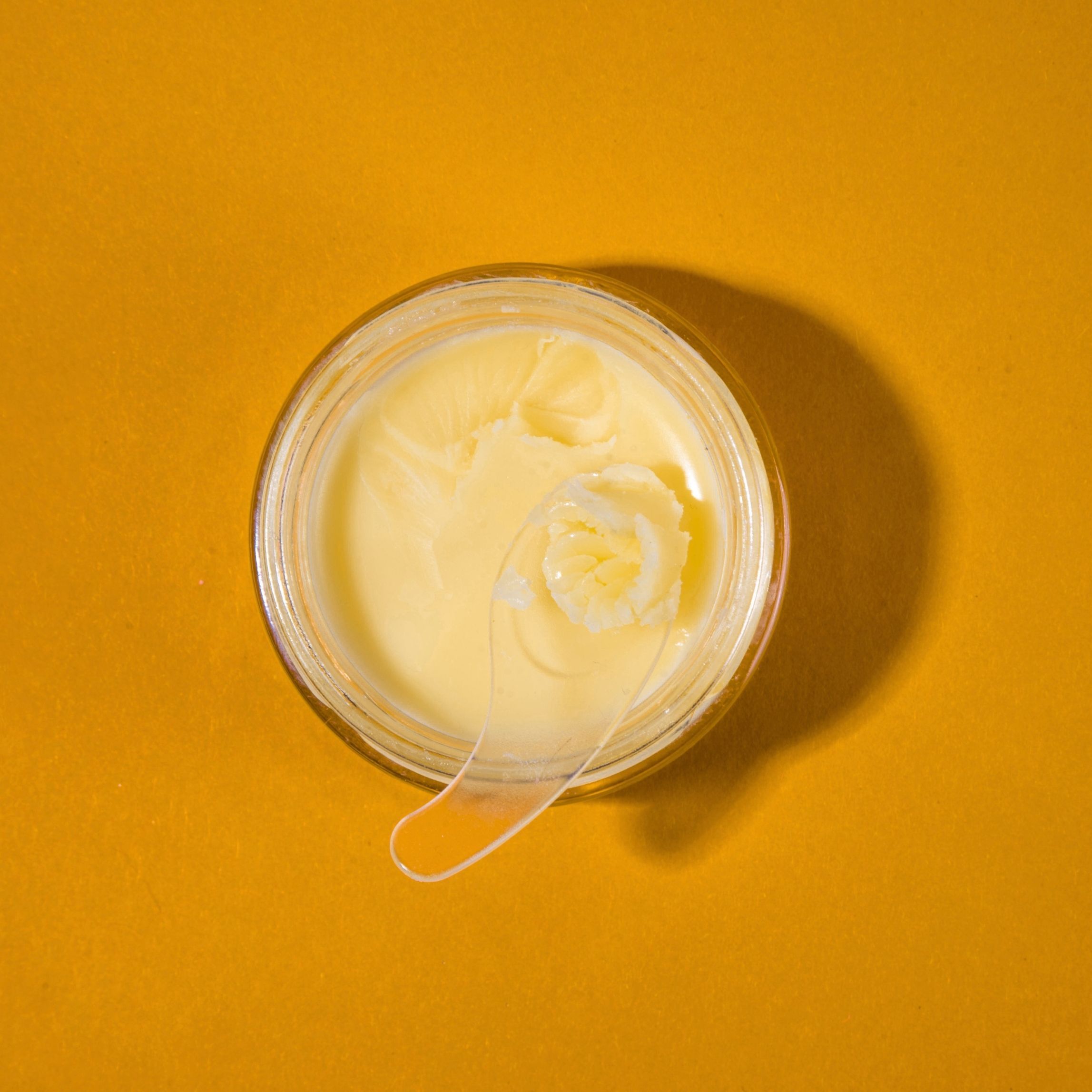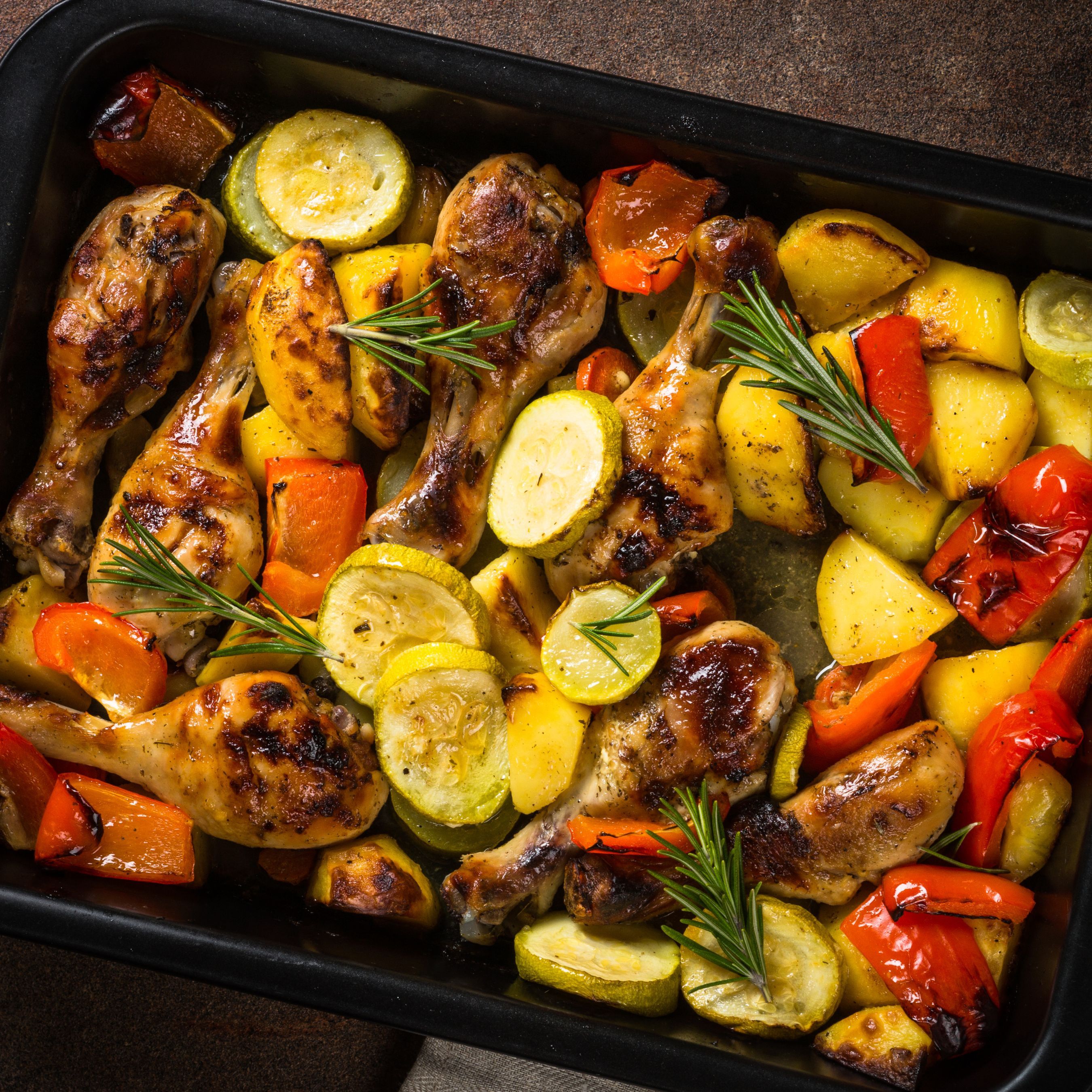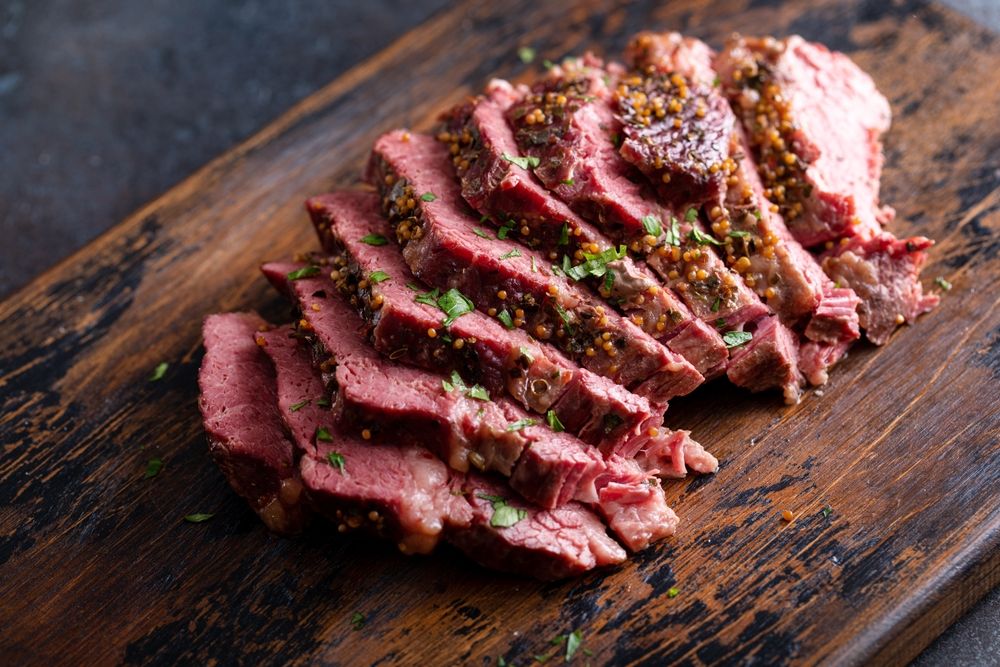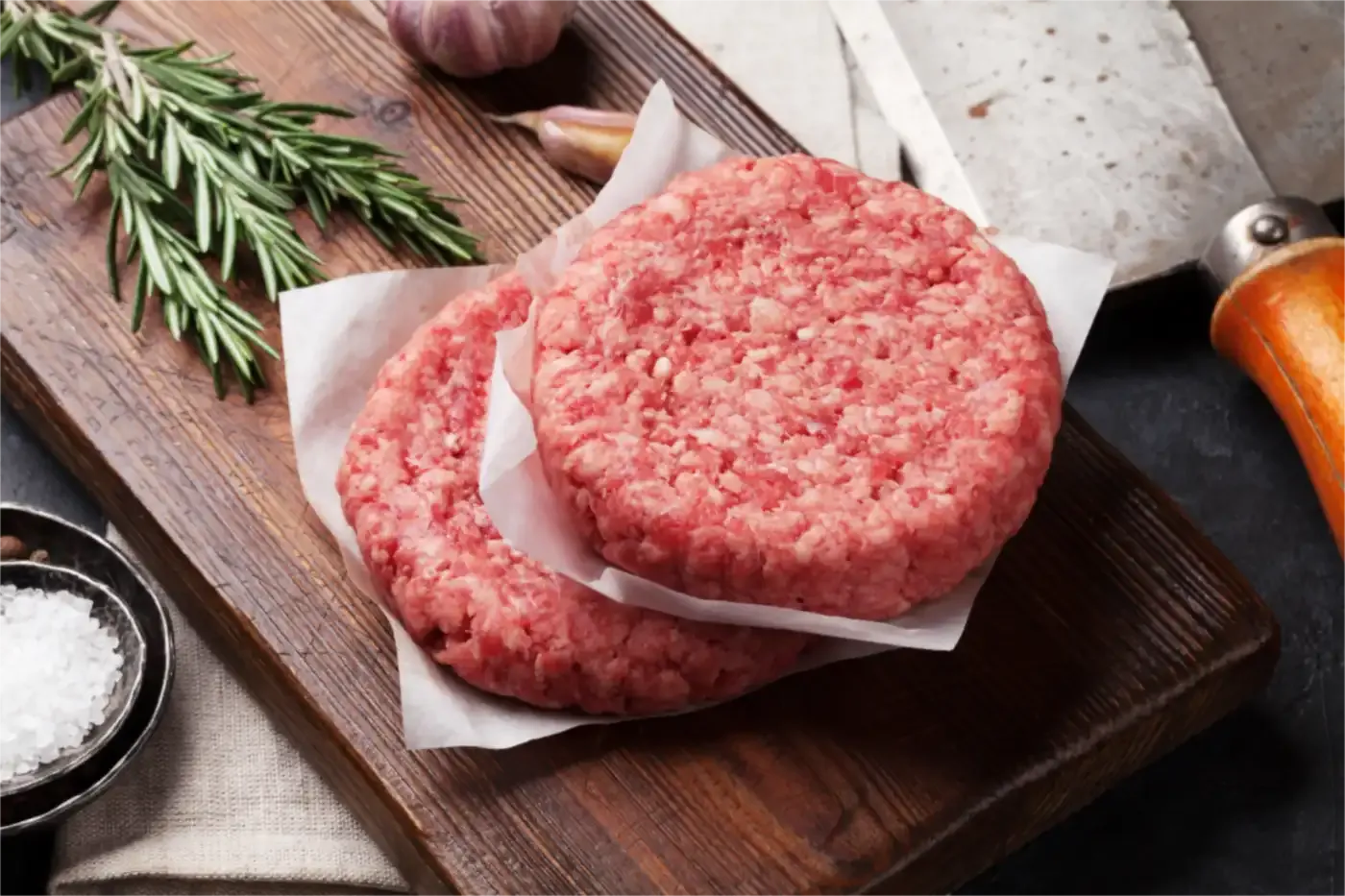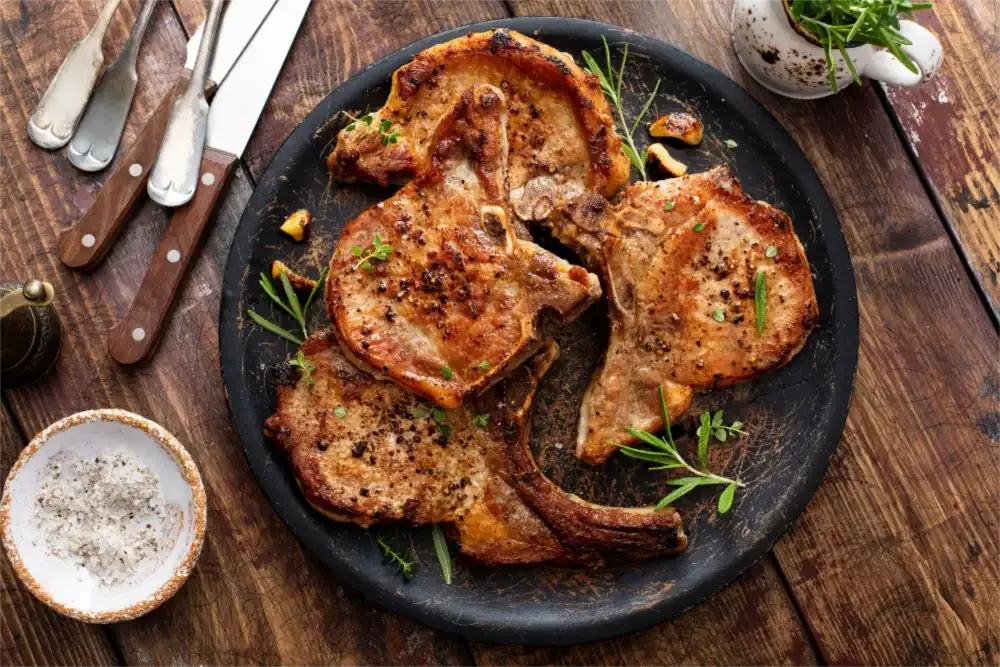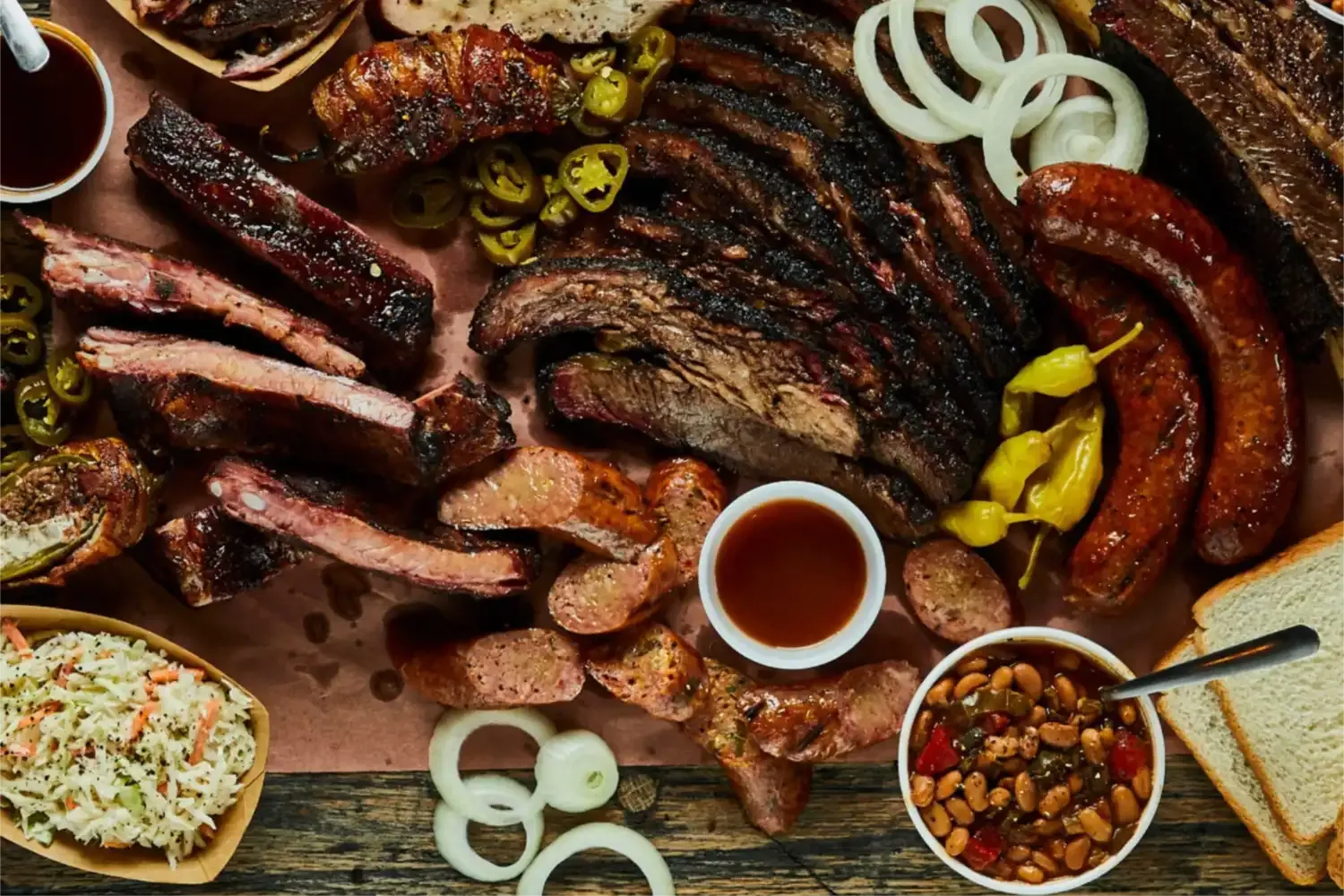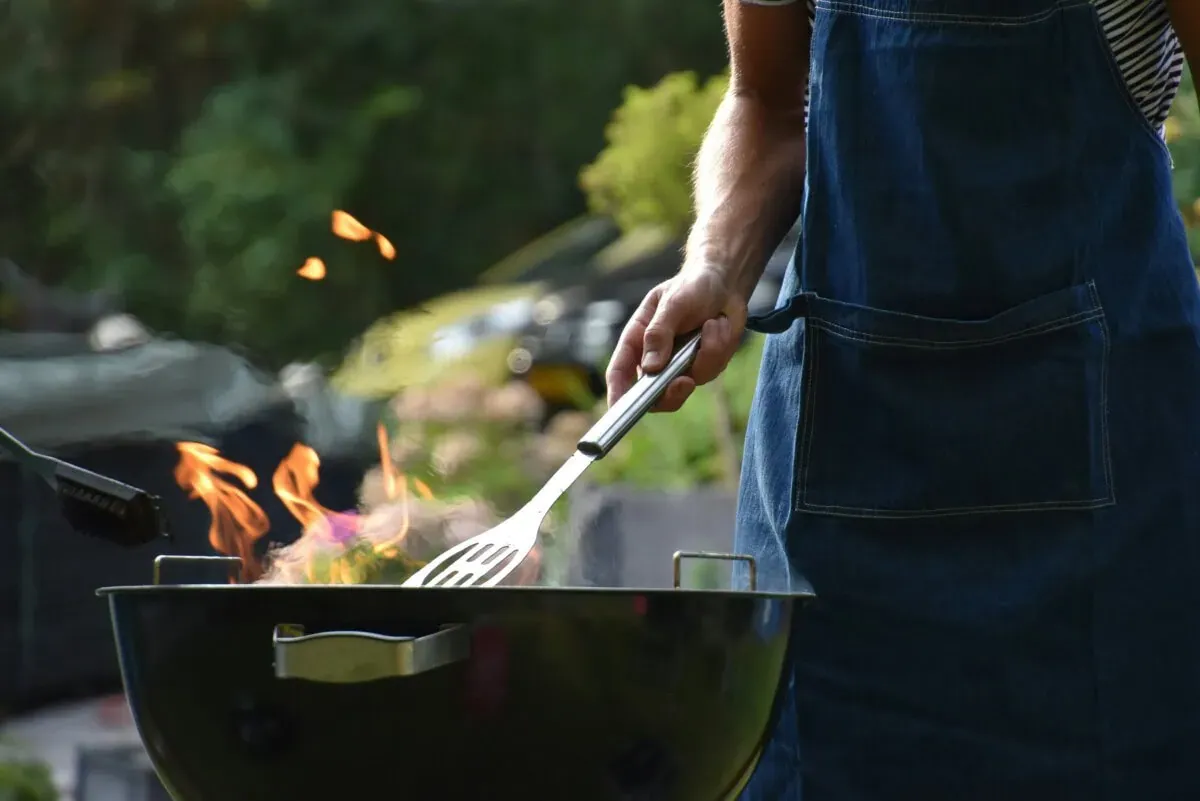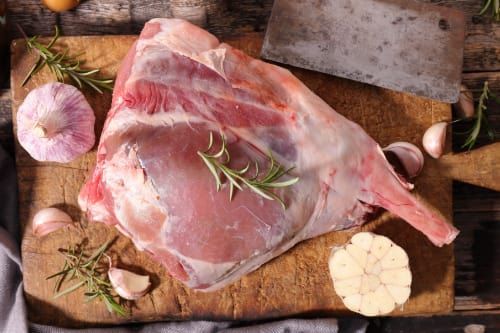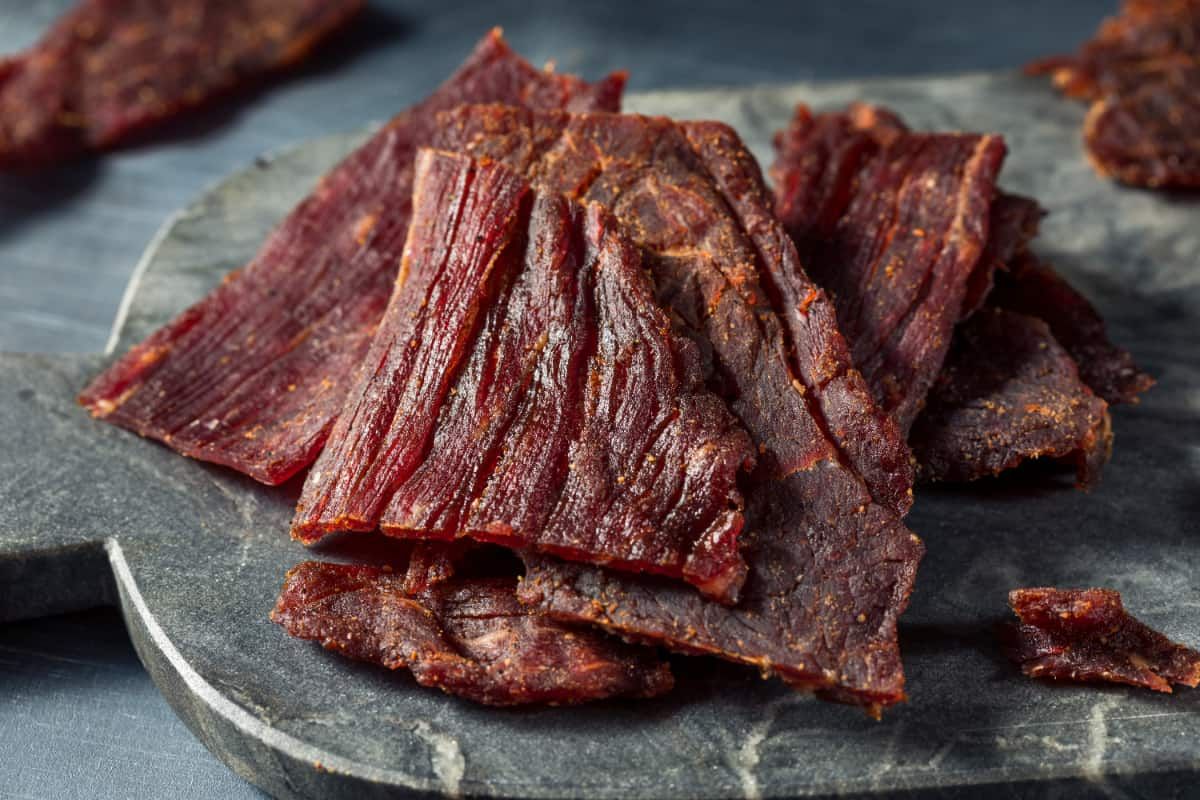Tips & Tricks
Smoking Secrets: A Step-by-Step Guide to Smoking Meats at Home
Smoking meat the right way doesn’t have to be confusing. From meat selection to temperature control, there are a few secrets to getting the best smoky taste every time.
Setting aside the time to get outside, fire up your smoker, and cook a fantastic meal is endlessly satisfying. On top of that, it’s hard to find anything as delicious as perfectly smoked meat.
To get it right, there are a few steps to follow, and common mistakes to avoid. To help you craft the ultimate experience and get the richest and smokiest flavors in your meat, we’ve included several smoking secrets below.
Understanding the Basics
Smoking meat requires patience, time, and attention to details, especially temperature. To do it right, there are a few basic techniques to follow.
First, use the right wood that’s flavorful and burns slowly. Never use lighter fluid because it will give your food a chemical taste.
You’re going to need a thermometer to maintain a constant temperature inside your smoker. Before adding your meat to the grate, get your smoker to 250° F. Most smokers will drop to around 220° once you add your meat, which is the ideal temperature to keep it at.
Besides your thermometer, you’ll also need a container to hold the meat, fire, and smoke. That could be a simple charcoal grill with the coals and wood on one side and the meat on the other, or a smoker, a container designed for smoking.
Smokers come in many sizes and designs. The most common are drum smokers, pellet smokers, bullet smokers, and off-set smokers.
Pellet Smokers
These smokers rely on combustible wood pellets to smoke your food. Aromatic wood pellets burn slowly in a "firepot" to create heat and smoke. Then, the smoker uses an internal fan to circulate the smoke and automatically control the temperature.
Drum Smokers
Drum smokers are made from a large steel drum. These styles are classic and rely on simple hooks and grates to hold your meat over the heat source, allowing flavorful smoke to circulate around the meat as it cooks.
Bullet Smokers
Bullet smokers are vertical cylinders with a pan for liquids placed between the fire and the grate. The liquid evaporates as your meat cooks, sealing in moisture and flavor in your meat.
Offset Smokers
Offset smokers look like typical charcoal grills. However, they have a ‘firebox’ on the side. This is where you put your fuel, which can be a mix of hardwoods, charcoal, and wood chips. As the fuel in the firebox burns, the spacious grill fills with smoke and heat. Offset smokers are considered the holy grail of smoked foods by many purists.
Choosing the Right Meat
When you’re selecting cuts for smoking, choose a high-quality cut, such as Prime Beef. Look for cuts that are deep red and look and smell fresh. If you see bruising or get a foul odor from your meat, it’s no good.
There are several types of cuts that smoke well. These include brisket, ribs, tri-tip, pork belly, pork shoulder, marinated chicken, and more.
If you’re smoking beef, choose a cut with a beautiful marbling of fat. When you smoke meat, its fat absorbs the flavors and aromas from the smoke, while the longer cook allows muscles to break down and become tender.
When you buy your meat from The Flying Butcher, you’re buying the highest quality of beef on the market. Our meats are expertly sourced, trimmed, and always fresh and ready to go. Ask our team of friendly meat experts to help you pick the right cut and seasoning for your smoker.
Preparation Techniques
To get the perfect smoke every time, there are a few important techniques to remember. First, always trim your meat. Excess fat will take away the even seasoning of the smoke and give you less exposed meat to season. All cuts at The Flying Butcher are perfectly trimmed before you take them home.
Before you put your cuts in your smoker, it’s important to season them well. Different cuts of meat prefer different seasonings. Cuts such as brisket and pork shoulder taste amazing with a good dry rub while chicken works beautifully with a savory marinade.
At the Flying Butcher, we can help you choose the right dry rub and seasoning for your cut. We also have pre-seasoned cuts including marinated boneless chicken breast and Greek Marinated Tips of lamb.
Temperature Control
No matter if you’re in Texas, Argentina, or New Hampshire, all grill masters have one thing in common: they all know how to balance temperature and cook times.
Temperature control is the secret to getting perfectly cooked, tender, and juicy meat in your smoker every time. To do this right, it’s important to follow a few important steps.
First, you need to balance the temperature of your fire with smoke thickness and airflow. This starts with your fire. You can use a chimney fire started on some smokers such as drum smokers and offset smokers. This lets you start your coals ahead of time, which will heat your wood or chips more evenly.
Next, consider placing a pan or bowl of water inside your smoker. The water acts as a thermal absorber to help maintain a consistent internal temperature, evening out some of the variations as you tend the fire. Water molecules also keep the surface of the meat moist, and that moisture attracts smoke particles, enhancing the effectiveness of the cooking process.
Finally, use your smoker's bottom intake and top exhaust vents (dampers) correctly. The more oxygen you let in, the hotter your smoker’s internal temperature will become. Some smokers, such as pellet smokers, control the temperature for you so you can set it and let it do its magic.
Wood Selection
Whether you’re looking for a delicate smokiness or something rich and sweet, having the right wood chips to complement your meat creates a magical flavor profile. Below are just a few of the top woods to use in your BBQ or smoker.
Mesquite
If you’ve ever tasted the world-famous cuisine of Texas or New Mexico, then you’ve definitely savored mesquite-smoked BBQ. It has a beautiful balance of earthiness and sweetness that many pitmasters and barbecue aficionados love.
Apple
For a soft and fruity smoke, try apple chips. Apple pairs wonderfully with chicken, fish, and other more delicate meats.
Hickory
Reach for hickory chips to create a classic outdoor smokehouse taste with bold aromas that will season even the thickest cuts of meat. Hickory works wonderfully with brisket, ribs, chicken, and pork shoulder to create powerfully rich flavors and aromas.
Cherry
If you want balanced smokiness that works with all types of meat, try using cherry chips. Cherry has a mild fruitiness and plenty of delicious aromatics.
Smoking Process
Smoking meat starts with scheduling your cooking times. Following a cooking schedule gives you enough time between starting the fire and serving the meat. From here, follow the steps below to get the perfect smoke.
Get the Fire Going
If you’re using a bullet, offset, or drum smoker, start a fire with your hot coals in the corner or the smoker. Once your coals are red hot, add either soaked or dry wood chips or hardwood on top of them.
Place Your Meat on the Grill
Once your smoker is at 250° F, place your meat cuts on the opposite side of the fire. Make sure not to overcrowd your grill. You want to leave room for the smoke to circulate around your meat, heating and seasoning it evenly on all sides.
Manage your Fuel and Airflow
Airflow management will differ based on your individual smoker, but remember that you need an intake and outflow at all times to keep oxygen flowing to the fire. A good starting point is to keep the bottom intake vent open about a quarter and adjust the top exhaust vent accordingly. If you open it too much, it will suck in air and overheat your smoker. Too closed and it will dampen your flame. You can adjust your vent opening to maintain a consistent temperature. Many smokers can accept a fan which circulates air to the fire and provides a level of automatic temperature control.
Have Patience and Regulate the Smoke
Smoking meat is all about long cooks at low temperatures. Rely on your thermometer, watch, and cooking chart to know when the meat is done. Also consider how much smoke you want on your meat. Some cuts will need very long cooks, but too much exposure to the smoke can result in over-seasoning the meat. You can stop the smoke by wrapping your meat in butcher paper or aluminum foil once the desired "smokiness" is achieved, or moving the meat to a grill for the duration of the cooking time.
Troubleshooting Tips
If you follow the correct guidelines for your smoker and meat, you should have perfectly smoked meat every time. However, mistakes happen.
The most common mistake when smoking is poor fire management, resulting in poor quality smoke that makes the meat taste bad. To prevent this, watch the color of the smoke that’s coming out of your exhaust vent. Look for "thin" smoke that is nearly invisible. A slight blue hue is perfect, just make sure it’s not white, gray or black. The extra carbon particles present in thick smoke will adhere to your meat and leave it with a sooty taste.
If you’ve overcooked your meat or notice too much smoke flavor, don’t worry. Turn lemons into lemonade by using it to create other tasty dishes. Try using your meat as a filling for empanadas or meat pie, add it to soups, or even throw it in the fryer to pair with mashed potatoes.
Serving and Storing
Once your meat is done, it’s time to take it off the grill and let it rest. For large cuts like brisket, this should be up to 45 minutes. This lets the juices rest and disperse throughout the meat. Don’t leave it out for over two hours.
Try vacuum sealing or wrapping it tightly in plastic wrap once it has cooled to room temperature. If you plan on eating it within four days, you can store it in the refrigerator. If not, then you can store it in the freezer.
After your meal, you can easily store leftover meat in a tight-fitting plastic wrap and keep it in the refrigerator or freezer.
Once your meat has rested, there are several delicious ways to enjoy it. From sandwiches to pairing with roasted potatoes and vegetables, the sky’s the limit. For meal pairing ideas, ask our team at The Flying Butcher for their amazing recommendations.



